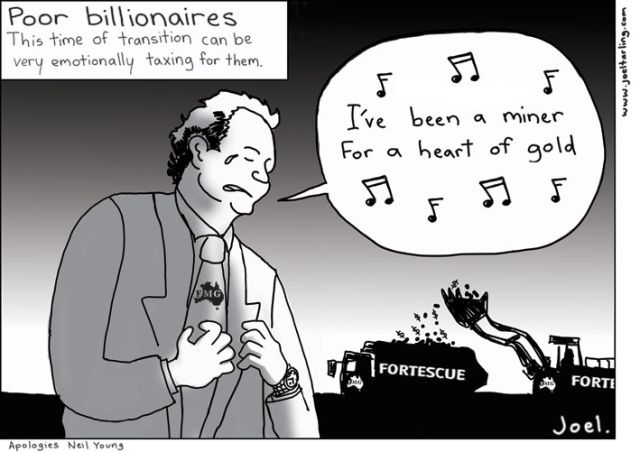
It was the good news of the month on the Australian economic front. The Australian Bureau of Statistics (ABS) announced on June 10 that the official unemployment rate had dropped to 5.2%. But economic commentators have warned that this is close to the lowest level of unemployment the economy can bear without risking inflation.
This was not good news for the 600,900 people who the ABS estimates are still officially unemployed (on a seasonally adjusted basis).
The AAP’s Garry Shilson-Josling wrote: “While employment growth is undoubtedly strong, it is not yet strong enough to generate hopes of further sustained falls in unemployment for the time being.
“That's the bad news.
“The good news is that nor is it yet strong enough to stoke fears of a breakout in wage-driven inflation and the upward pressure on interest rates that would come with it.”
According to Shilson-Josling on June 8 for AAP, “the full employment rate as it has also been known or the non-accelerating inflation rate of unemployment or NAIRU” is the unemployment rate below which suitable labour becomes scarce and wage increases become larger and larger, setting off an inflationary spiral.
“In the [May] budget papers”, he added, “the Treasury implied it was 4.75%.”
The ABS also publishes separate figures for people working less than full-time hours who would prefer to work more hours. This is called “underemployment”. The ABS said there were a further 811,600 people underemployed in September 2009.
In addition to the “underemployed” there are also what the ABS calls “discouraged job seekers”. These are defined by the ABS as “those persons who do not satisfy the strict definition of unemployment but who nevertheless want to work and were available for work but were not actively looking for work for reasons considered to indicate discouragement (e.g. considered to be too young or too old by employers, no jobs available in locality, etc.)”.
The last published figures for discouraged job seekers were for September 2009, when the ABS estimated that there were 111,800 persons in this category.
If we add these three groups up we have about 1.53 million people who are either officially unemployed, underemployed or discouraged job seekers.
This is an army of forgotten people. They live on struggle street while corporate CEOs on 150 times the average income whinge about being asked to pay a bit more tax or giving workers on the minimum wage a $26-a-week pay rise.
These are the people really battling with the rising costs of living and housing.
Some other statistics show the level of pain most people are feeling:
• Housing rents rose 7.1% on average over the year to March. But renters signing new leases faced a whopping 13% rent hike over the same period, according to the Housing Industry Association.
• Household energy bills rose more than 20% in NSW and 5.9% across the country. Nationally, household costs for fresh food rose 10.3%, pharmaceuticals 13.3%, health 5.1%, transportation 4.1% and education 5.7%.
• The 2006 census figures showed 35% of home renters in rental stress — 500,248 households paying more than 30% of their gross household income in rent. That figure is estimated to be 37% today.
• A June 7 report by the Council of Australia Governments Reform Council revealed that in NSW, 46% of low-income renters were under rental stress.
• A Senate Estimates hearing on May 30 said up to 185,000 Australian pensioners were at risk of homelessness because of rental stress.
• The 2006 census said that more than 105,000 people are homeless and 14,000 sleep rough. Every day, two out of three people who look for crisis accommodation are turned away because there are “no vacancies”.
This is what we are told is “close to full employment”.